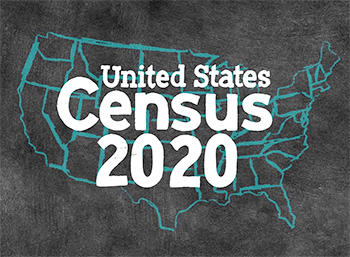By Jim Ellis — Monday, April 17, 2023
Senate
Maine: Sen. King Draws Democratic Opponent — David Costello (D), a former aide to Maryland Governor Martin O’Malley (D) before moving to Maine, announced his candidacy for the US Senate late last week. (See video above.) He hopes to oppose Independent Sen. Angus King, who is expected to seek a third term. Democrats have filed candidates in both of Sen. King’s victorious races, but neither have been competitive. Still, the three-way race including the Republican nominee, was able to keep Sen. King’s winning percentages down to 54 and 51 percent in 2012 and 2018, respectively.
Should Costello be able to mount a significant campaign, the chances increase for Sen. King to drop below 50 percent, and that means Maine’s Ranked Choice Voting system would take effect. In that wild-card system, the end result would not be as easy to predict.
Pennsylvania: First 2024 Poll — On the heels of Sen. Bob Casey Jr. (D) announcing that he will seek a fourth term, Pennsylvania’s Franklin & Marshall College went into the field with a statewide survey (March 27-4/7; 643 registered Pennsylvania voters; live interview). According to these results, Sen. Casey would lead 2022 Senate candidate David McCormick (R), 42-35 percent. His lead significantly expands to 47-31 percent if his opponent were 2022 gubernatorial nominee and state Sen. Doug Mastriano (R).
Somewhat surprisingly, the poll finds Sen. Casey’s job approval rating at a rather poor 29:48 percent favorable to unfavorable. This compares to Democratic Gov. Josh Shapiro’s positive 43:36 percent job approval ratio.
Utah: Sen. Romney Files 2024 Campaign Committee — Utah Sen. Mitt Romney (R) has filed a 2024 campaign committee with the Federal Election Commission. While this action is not a formal declaration of candidacy, filing a campaign committee is certainly the first step toward him seeking a second term.
It is likely that Sen. Romney will be forced to petition his way onto the ballot since the chances of him coming through the conservative Utah Republican Party nominating convention are slim. Such would lead to a June 2024 Republican primary challenge. The most prominent potential opponent being discussed is former congressman and Fox News contributor Jason Chaffetz. State House Speaker Brad Wilson (R-Kaysville) has formed a US Senate exploratory committee. Attorney General Sean Reyes (R) is also a potential Senate candidate.
States
Louisiana: Gov Candidate to Switch Races — The surprise announcement from Secretary of State Kyle Ardoin (R) that he is not going to seek re-election has now changed the governor’s race. State House Speaker Clay Schexnayder (R-Gonzales), who was clearly laying the groundwork to enter the open governor’s race, has now adjusted his political course and announced his run for the open Secretary of State’s position.
The top Republicans already in the governor’s race are Attorney General Jeff Landry, state Treasurer John Schroder, and former Chamber of Commerce CEO Stephen Waguespack. Democrats look to be coalescing around former state Transportation Secretary Shawn Wilson. Gov. John Bel Edwards (D) is ineligible to seek a third term. The Louisiana primary is Oct. 14, 2023. If no candidate receives majority support, a two-person runoff will occur on Nov. 18.






